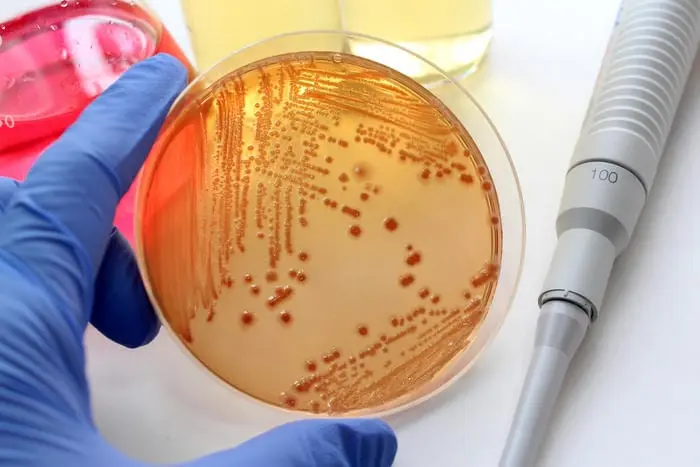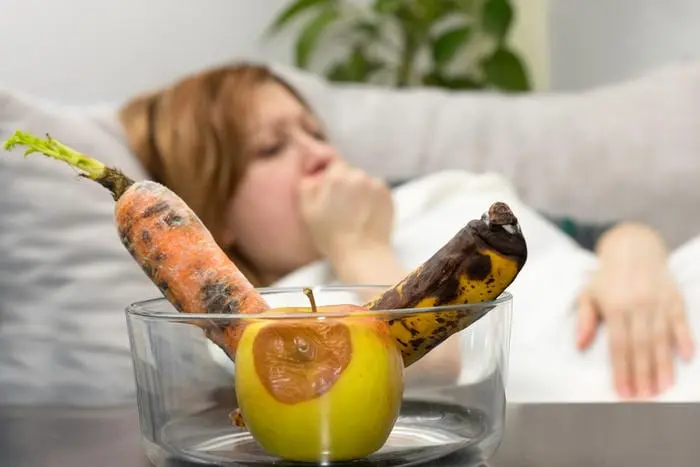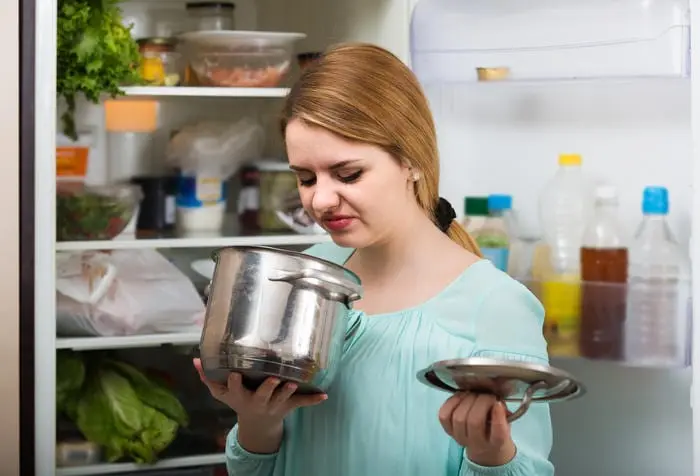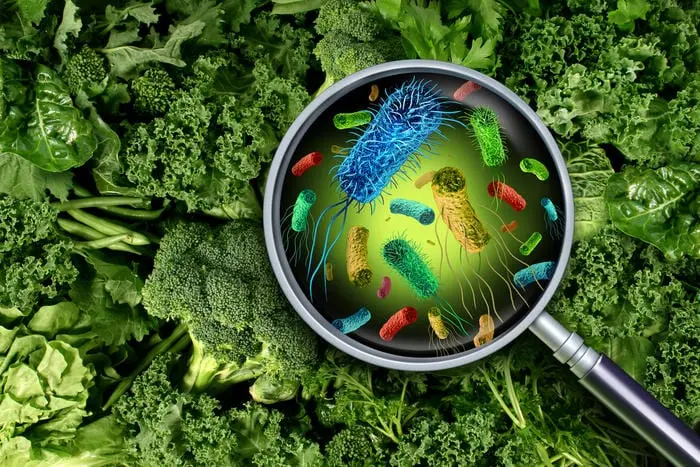Contents
Stale or dirty food is fraught with many dangers and diseases. Improper storage, contamination by fungus and bacteria, poor running water, which wash the products, insufficient heat treatment – all this can cause unpleasant symptoms and dangerous conditions. What’s dangerous about conventional food?
E. coli
In our gut lives many bacterias, and a daily ratio varies dependently on food supplied to the organism. They are all harmless, except for O157:H7. This bacterium causes severe food poisoning that leads to serious health problems. Be transmitted through food contaminated food: raw or poorly processed products from minced meat, raw milk, fruits, and vegetables that had contact with feces of infected animals.
Measures: thoroughly cook food at least at a temperature of 70 degrees. Raw fruits and vegetables must have a good rinse in cold running water.

Norovirus
It is an intestinal virus transmitted through unwashed fruits and vegetables, contaminated water, and household items. The first symptoms may appear after a day or two after infection. Causes vomiting, bowel disorder, and fever.
Steps: Wash the product before use, thoroughly cook shellfish, and wash your hands before eating. Norovirus is killed at temperatures above 60 degrees.
Salmonella
These bacterias are contained in eggs, and in most cases, they become the cause of the disease. Salmonella is found in meat and dairy products, fish, and seafood. 2 days after infection sharply raises the temperature, starts vomiting, diarrhea, headache.
Steps: cook the eggs until complete solidification of the albumen and yolk, poultry meat, and minced cook until tender.

Botulism
This infection is caused by toxins of the bacterium Clostridium botulinum is not transmitted from person to person. Infection occurs through the consumption of canned products, including domestic preparations.
Action: if the lid on the can is swollen, use of the product is impossible. Home cans are better to be boiled before use and we should properly store them in the fridge.
Campylobacter
This kind of bacteria can be infected by eating undercooked meat, poultry, and unpasteurized dairy products. , Simultaneously, to get an infection, it is sufficient a single drop of the juice of infected meat.
Action: must be used for cutting meat products only a separate cutting board, carefully take care of it after cooking, and the meat must be heated to maximum permissible temperature.

Listeria
The Bactria-cold is transmitted through food. Manifests itself in reduced immunity, diarrhea, fever, nausea, and vomiting.
Steps: cook the meat until fully cooked, carefully wash fruits and vegetables, avoid storing canned and ready-made meals in the fridge for more than 3 days.
Clostridium perfringens
This bacterium belongs to the pathogenic microflora of man. They are in the human gut. Dangerous products are contaminated with the toxins the bacteria: meat, poultry, legumes, and others.
Steps: cook the meat to complete readiness, and all the food in the refrigerator heat up before eating.

Shigella
The causative agents of dysentery enter the body through water and food. Abdominal pain, diarrhea, chills, vomiting, fever should pass within 5-7 days; if not, you will need a course of antibiotics.
Action: drink bottled water and eat thoroughly cooked meals.
Bacilli
Bacillus cereus is the causative agent of food poisoning. Bacteria multiply at room temperature and give all the unpleasant symptoms within hours after infection.
Measures: do not eat leftover food on the table for a long time, store food in the fridge with the lid closed, and do not eat perishable foods after the expiration of their storage.
Vibrio
These bacteria live in saltwater and thrive in the warm summer months. They affect shellfish, especially oysters. Eating them raw is very dangerous.
Measures: do not eat raw seafood if you are not sure how they marinate and their quality. Oysters, mussels, and clams cook for 5 minutes or more until the sink’s reveal.









